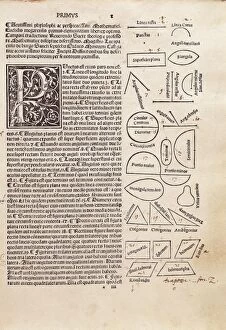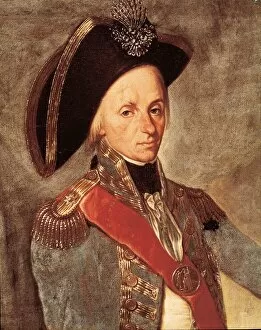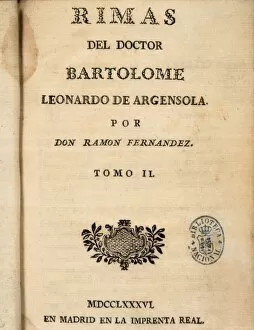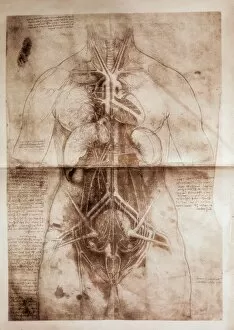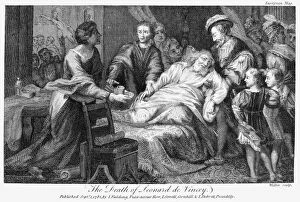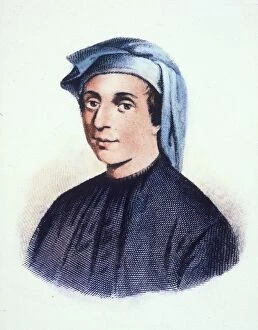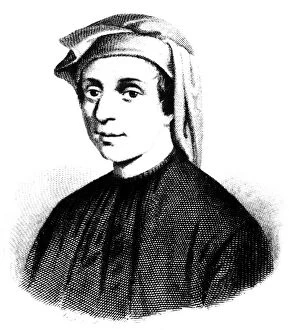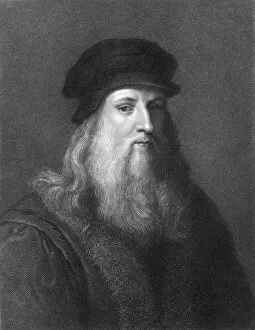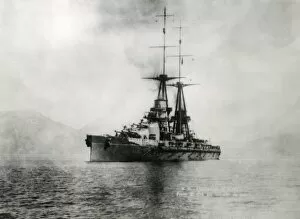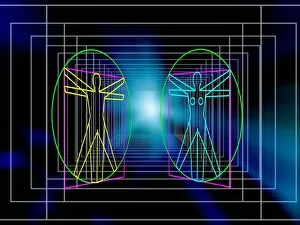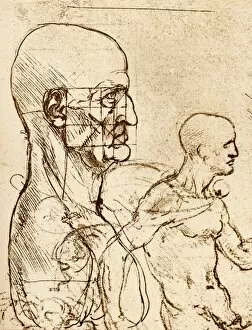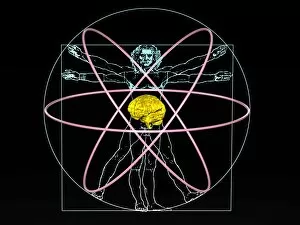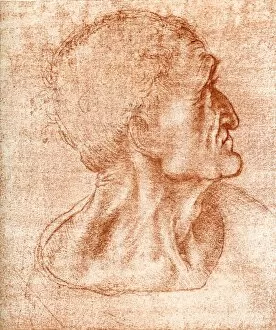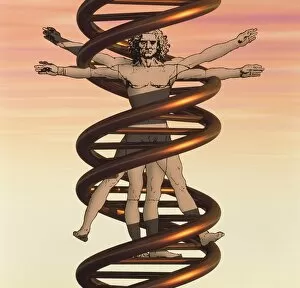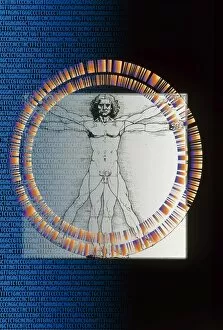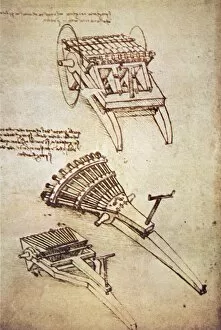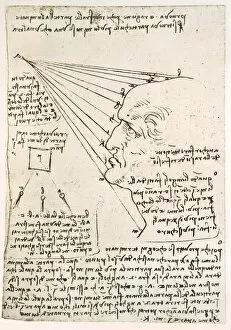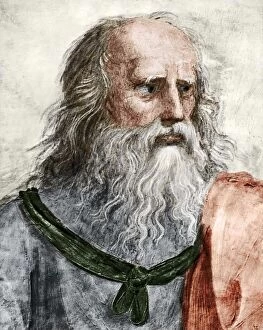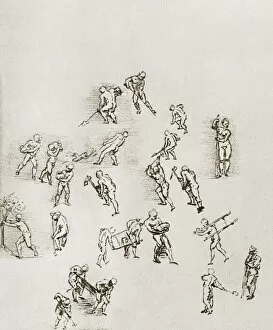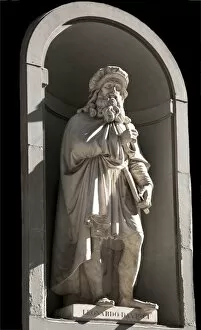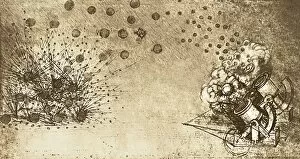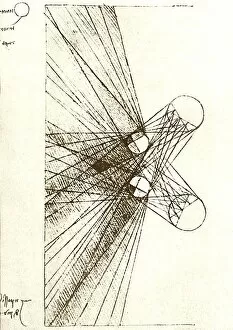Leonardo Collection (#26)
Leonardo da Vinci, the legendary artist and inventor of the Renaissance era, continues to captivate us with his remarkable works
For sale as Licensed Images
Choose your image, Select your licence and Download the media
Leonardo da Vinci, the legendary artist and inventor of the Renaissance era, continues to captivate us with his remarkable works. From his iconic masterpiece "The Last Supper" to his intriguing sketches and designs, Leonardo's genius knows no bounds. One of his lesser-known creations is the "Head of a Bear, " a striking artwork created around 1480. With meticulous attention to detail, Leonardo captures the essence and power of this majestic creature, showcasing his mastery in portraying nature's beauty. But it wasn't just art that fascinated Leonardo; he was also an innovator ahead of his time. His helicopter design showcases his visionary mind as he explored flight possibilities centuries before its realization. The intricate details in this design reveal Leonardo's fascination with engineering and pushing boundaries. In addition to helicopters, Leonardo delved into anatomical studies like "Studies of an ox heart. " Through pen and ink drawings, he meticulously examined the inner workings of organs, displaying both scientific accuracy and artistic finesse. These studies demonstrate how Leonardo seamlessly blended science with artistry. Another renowned work attributed to him is "Portrait of Cecilia Gallerani, " commonly known as "Lady with an Ermine. " This captivating painting showcases not only technical brilliance but also reveals Leonardo's ability to capture human emotion through portraiture. His contribution extended beyond paintings; frescoes like "School of Athens" exemplify how he influenced other artists during that period. This monumental piece depicts philosophers from different eras engaging in intellectual discourse within a grand architectural setting—an ode to knowledge itself. Amongst all these incredible achievements are various machines designed by Leonardo himself—flying machines operated by springs or even helicopters. These inventions highlight his insatiable curiosity for exploration and innovation—a testament to why he remains one of history's greatest minds. Even in studying life at its earliest stages, such as pen and ink studies depicting human fetuses or exploring anatomy further within anatomic studios, we witness Leonardo's unwavering dedication to understanding the intricacies of existence.



